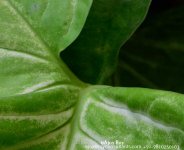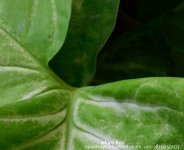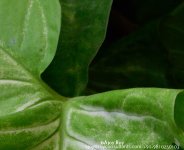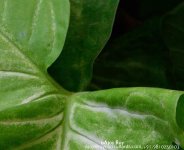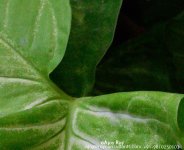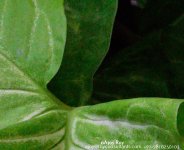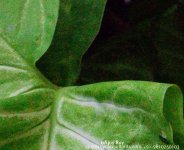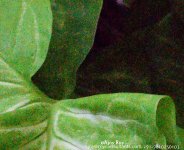I'm indeed always correcting in post since my shots always are a bit bright.
Also based on your black bag picture and comments, and this too, it clearly seems you must be using an uncalibrated LCD monitor to judge it. LCD is notoriously too bright (easy electronic amplification), which causes us to misjudge exposure of our pictures. But you can turn the LCD monitor down.
Specifically, monitor calibration will determine the right amount to turn them down. Calibration involves hanging a sensor over the screen, and running software that shows specific colors/tones, and using the sensor to measure the actual screen result, and then it adjusts the video driver response so the result is as expected, for those known tones.
My notion is to also set the Nikon camera rear LCD brightness to -1, to better match what my calibrated LCD monitor shows.
But these days it is a digital conversion done by each camera itself. As such, light-metering of the past seems very outdated. If they still use it, there must be a good reason for that.
Really funny. The reason is that it is not outdated, it is all we have. You are just not up to speed yet. It will come soon, but you will have to try a little. Stay with it.
My metering link has a quote from the classic Kodak information, which says:
"A reflected-light meter reading is influenced by both how much light there is in the scene and how reflective the subject is. The meter will indicate less exposure for a subject that reflects little light, even if the two subject are in the same scene and in the same light. Because reflected-light meters are designed to make all subjects appear average in brightness, the brightness equivalent to medium gray, they suggest camera settings that will overexpose (make too light) very dark subjects and underexpose (make too dark) very light subjects."
Metering is a skill, to be learned. Only beginners imagine the camera ought to be able to do it well. But it is not very hard, the photographers experience tells him it will be about like last time in a similar situation. We learn fast (if we get started right).
The actual metering problem is that we don't have a little man to go in the light meter, who's human brain actually can recognize a black cat in a coal mine vs the polar bear on the snow. Then his experience would just know how the picture ought to turn out. But the dumb meter chip has absolutely no clue about cats or bears, or even white or black, and all it can do is to seek a middle gray result. for anything it sees.
However, digital now means we do have the man to look at the camera LCD, and his experience knows (if he is clever enough to look).
So far, you have learned that middle gray result is obviously true, but you seem to have trouble acknowledging it as being the system. But it is.
Incident meters do meter the actual light source, and specifically are not affected by the subjects reflectance properties. They do a tremendously better job (regarding accurate camera exposure), but they cannot go in a camera, and are more awkward to use.
Last edited:

